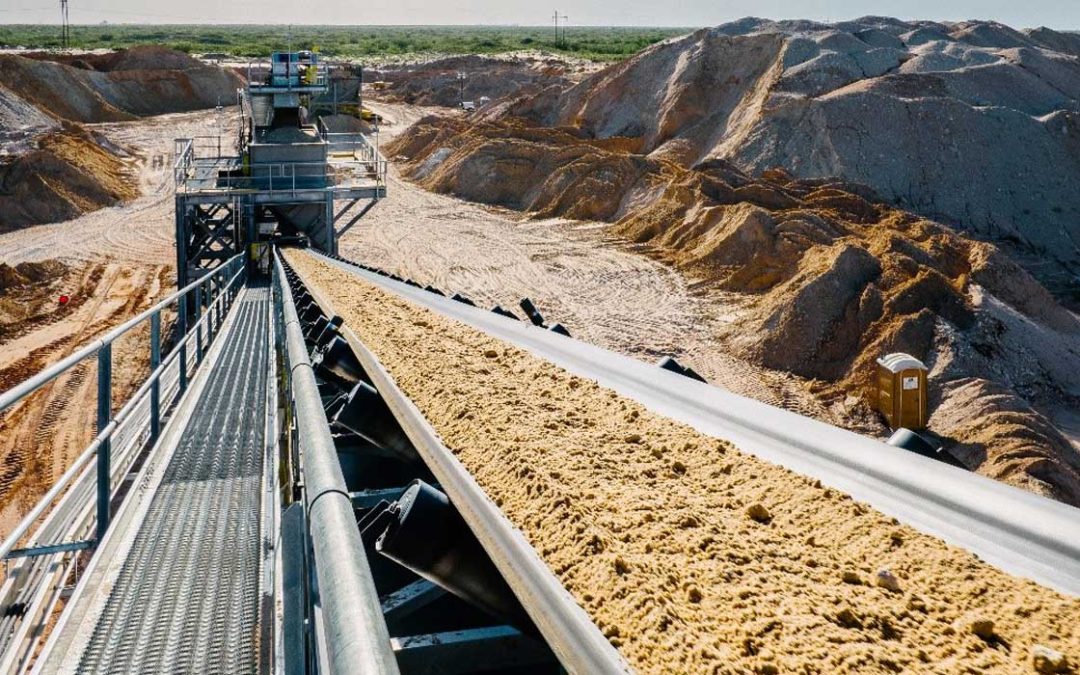Sitework is the unsung hero of construction, laying the foundation for urban and rural developments. It’s the intricate process that transforms raw land into functional spaces, whether it’s a bustling city center or a serene countryside. In this article, we’ll delve into the evolving trends of sitework and how they’re shaping our urban and rural landscapes.
Urban Sitework: Building the Cities of Tomorrow
- Growing Demand: With global urbanization on the rise, there’s an increasing demand for urban sitework. This encompasses the development of infrastructure, buildings, and amenities to cater to the swelling urban population.
- Sustainability and Green Initiatives: Modern urban sitework emphasizes eco-friendliness. Renewable energy, green building materials, and sustainable practices are now at the forefront of urban development projects.
- Smart Cities and Tech Integration: The future is digital. Urban sitework now integrates smart city concepts, embedding technology into infrastructure. Sensors, data analytics, and automation are enhancing urban life quality.
- Adaptive Reuse: Cities are evolving, and so is their architecture. Adaptive reuse and infill development are gaining traction, repurposing existing structures to meet contemporary needs while preserving the city’s essence.
Rural Sitework: Harnessing the Countryside’s Potential
- Sustainable Agriculture: Rural sitework is pivoting towards supporting sustainable agricultural practices. This includes developing irrigation systems, soil conservation, and building essential agricultural infrastructure.
- Rural Tourism: The serene beauty of the countryside is a tourist magnet. Sitework projects in rural areas are now focusing on promoting tourism, developing hiking trails, accommodations, and other attractions.
- Multi-modal Transportation: Connectivity is key. Both urban and rural areas are emphasizing multi-modal transportation infrastructure, ensuring seamless movement for residents and tourists alike.
- Climate Resilience: The looming threat of climate change has made resilience a priority. Sitework now integrates flood-resistant infrastructure, green stormwater management, and considers climate projections in planning.
- Community-Centric Planning: The heart of any place is its community. Both urban and rural sitework projects are emphasizing community engagement, ensuring developments resonate with the aspirations of the local populace.
In conclusion, sitework is more than just construction; it’s about vision, innovation, and community. As the landscape of our world evolves, so do the techniques and philosophies behind sitework. Native Services, with its rich legacy in the field, continues to be a beacon of excellence, shaping the landscapes of tomorrow.
Source: Business Report


Recent Comments